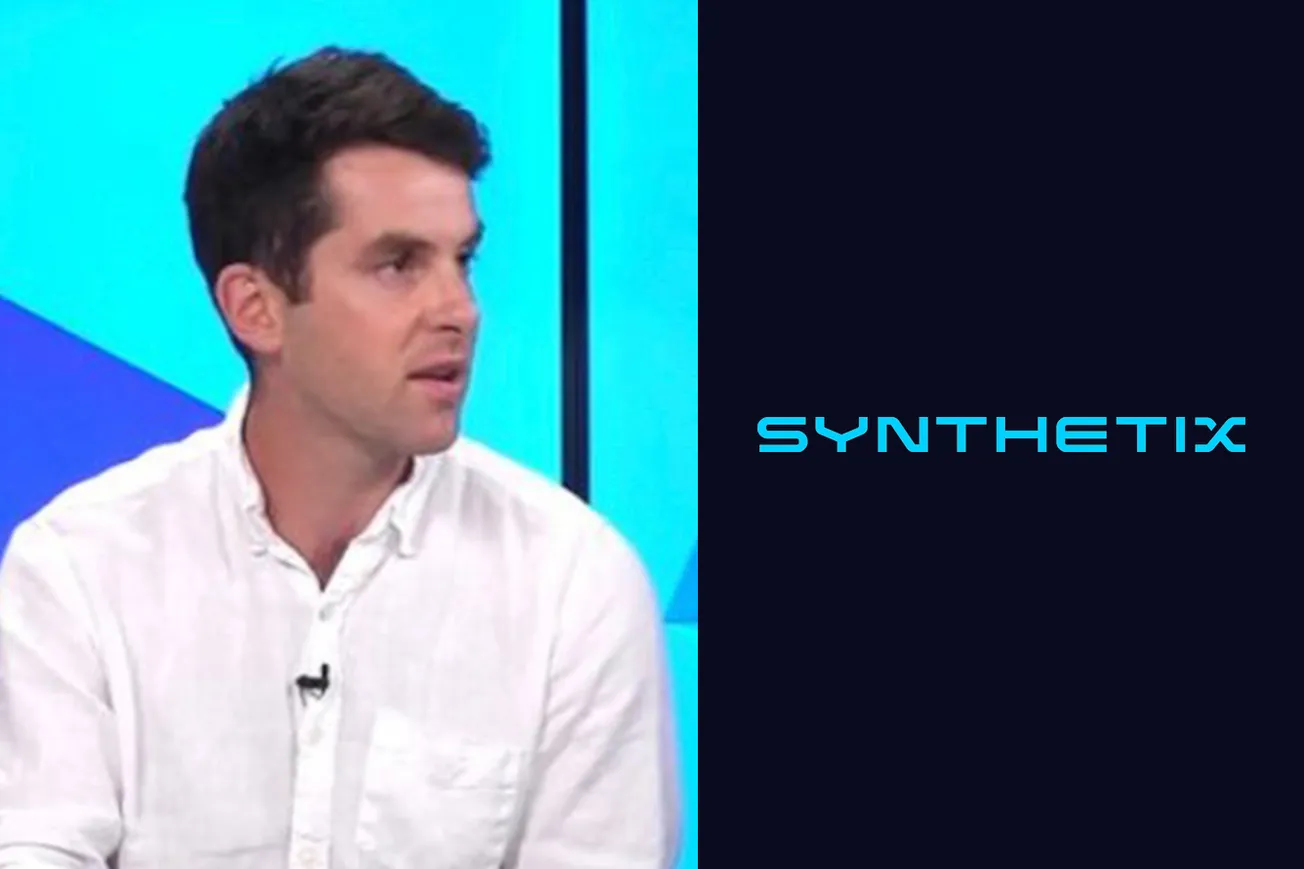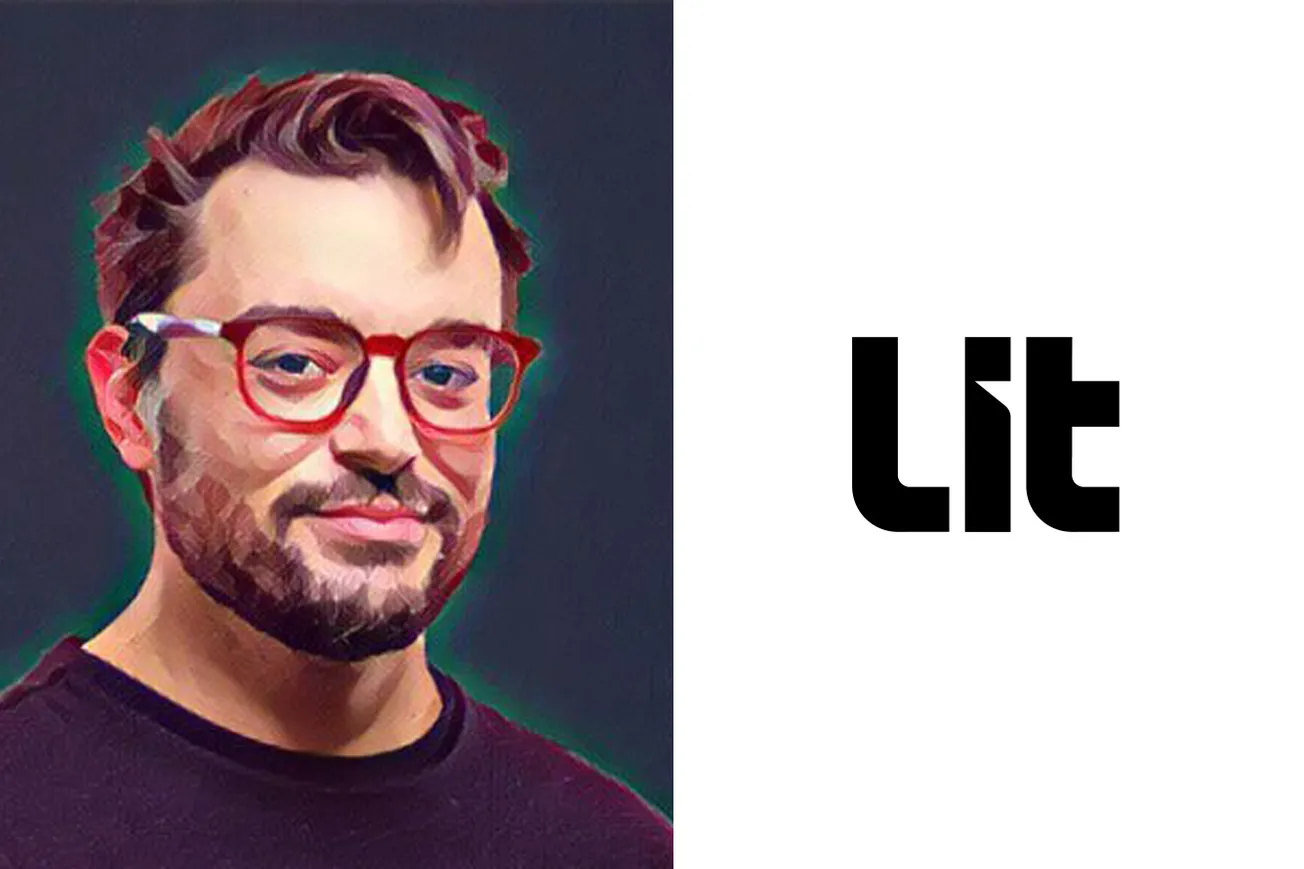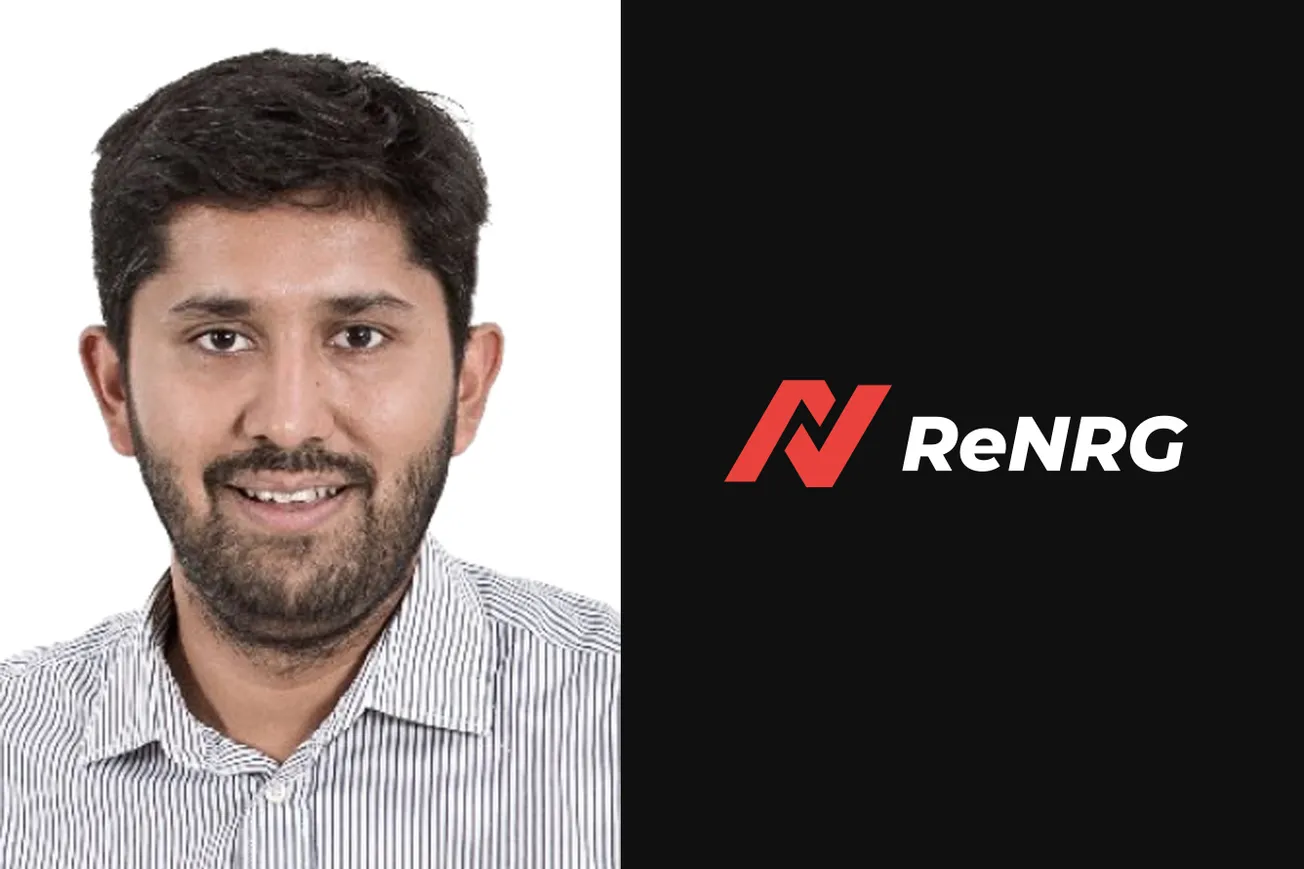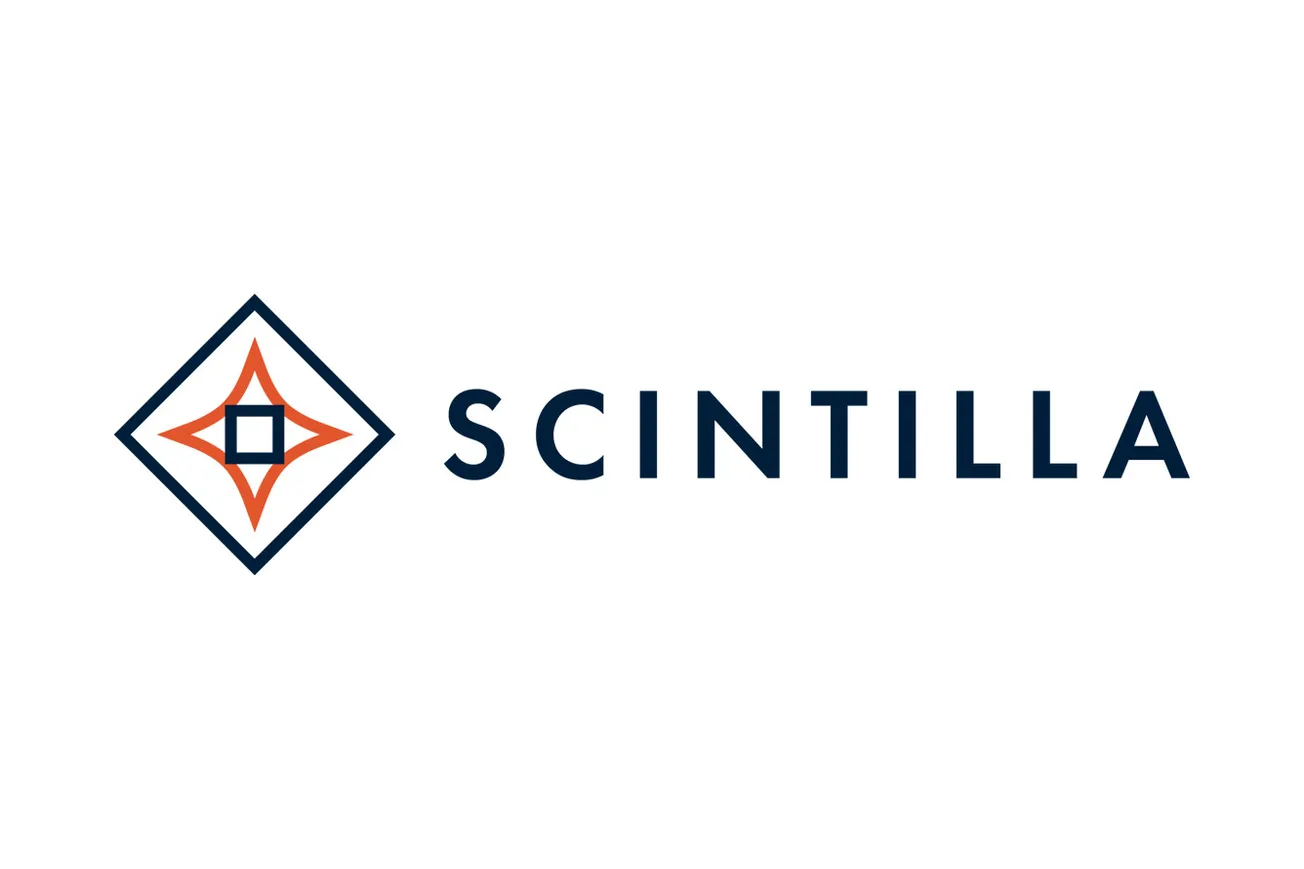Table of Contents
Today, we’re thrilled to have Benjamin Celermajer, Acting CSO at Synthetix, join us. Synthetix is a groundbreaking derivatives markets ecosystem and liquidity layer focused on permissionless derivatives like perpetual futures. With the recent launch of its V3 liquidity layer on Arbitrum, Synthetix is taking significant steps toward realizing its 2025 Multi-Chain vision. Benjamin, who has been with Synthetix since 2017, brings a wealth of experience in asset management, strategy design, and driving complex transformations.
In this interview, we’ll dive into Ethereum’s scaling challenges, the future of DeFi, the multi-chain strategy, and the broader implications of crypto trends. Let’s get started!
Q. Please introduce yourself?
I’m Benjamin Celermajer and am the recently appointed Strategy Seat for Synthetix. I embarrassingly started my career looking at private blockchain whilst at Deloitte in 2016, before quickly realising they didn’t embody the openness, composability and permissionless nature of public blockchains. Pretty quickly after realising this I jumped ship to start a fund based in Australia. That’s when I got involved with Synthetix as a Seed investor in 2017. Since, I’ve been solely involved from a professional capacity in crypto, investing via Magnet Capital, working as a Product Manager at Coin Metrics and now in the Strategy Seat at Synthetix.
Q. You’ve been with Synthetix since 2017, which is an impressive tenure in the fast-moving crypto space. Can you share a bit about your journey into crypto and what drew you to Synthetix in particular?
I’ve primarily been a passive participant in the Synthetix ecosystem since 2017, stay up to date with happenings and continuing to be part of the discourse, but not at an impactful level. My passion for Synthetix has always remained high as I believe the presence of a decentralised derivatives marketplace makes so much sense in crypto, particularly given the spotty history of centralised exchanges and the promise of decentralised solutions.
Through spending a lot of time with other protocols during my time as an asset manager, and working with many financial institutions during my time at Coin Metrics, I believed there was valuable insight I could bring to the Synthetix DAO.
I continue to be drawn to Synthetix as my original thesis of the importance and value that a truly decentralised derivative marketplace can bring continues to persist for me after all these years.
Q. With your background in asset management and strategy design, how have those experiences shaped your approach to driving innovation and growth at Synthetix?
Synthetix is driving hard to deliver on a product that works pretty well most of the time in traditional markets. I think that sometimes crypto native builders focus too much on decentralising everything and resolving issues that TradFi have overcome years prior.
Having experience both as an asset manager and working with large financial institutions, I hope to bring experience and practicality to a lot of the solutions being designed by Synthetix.
Early on this has meant turning Synthetix from a passive liquidity provision protocol, to a product focused protocol in the highly attention driven Synthetix market.
Shifting focus towards the product itself, issues that have plagued Synthetix recently like fragmentation of liquidity and management of a large surface area of low usage products are also issues that are not new to TradFi. The result for most that venture down this path is maintenance of several low impact products. Through 2025, followers should see a very intentional shift towards Synthetix designing and building the single best venue for traders, with most design decisions being driven by optimising for user experience.
Q. Ethereum scaling has been a persistent challenge. How do you see the role of Synthetix V3 and multi-collateral solutions in addressing these issues and making DeFi more accessible?
The power of decentralised systems is that systematised solutions to centralised issues or risks can be designed and executed programmatically. Synthetix is solving for this exact problem - allowing users to partake in open and equitable systems in a trust minimised manner.
Such a system can be more capital efficient than centralised systems as it allows for things like multi-collateral which allows more participation from audiences that don’t necessarily need to hold a single form of collateral to play.
Q. Fragmentation remains a significant hurdle for DeFi growth. What are the key steps that you think the industry, and Synthetix in particular, need to take to overcome this challenge?
We’ve recently seen a proliferation of L2’s and even L1 adoption. This has resulted in a poor and confusing user experience. This was a lot of the foundations of how Infinex came about, and we look forward to continuing work with them to bring a simplified and friendly user experience to derivatives markets.
From the Synthetix side, we’re focusing on bringing a much better user experience. This has been the core sentiment of our recent strategy shift from an integrator focused model to a customer product centric protocol. The recent acquisitions of Kwenta and TLX were the first step in this direction. Through 2025 we’ll be focusing on drastically improving the user experience for our perps traders as well as building more products to allow for simpler access to leverage products and strategies.
Q. Synthetix has facilitated over $300M billion in trading volume across multiple networks. How does the V3 update further enhance the efficiency and accessibility of perpetuals trading?
We continue to strive towards building the most efficient and accessible perp trading experience for our users. With V3, we’ve created a highly flexible liquidity provisioning system that can be utilised in a wide variety of ways to meet investor and market needs.
Our focus is now dialing in on the efficiency of our most in demand product, perp trading, which we will have some exciting updates to share in the near future.
Q. Kwenta played a key role in the Arbitrum launch. Could you shed some light on this collaboration and how it contributes to Synthetix’s goals?
Synthetix losing its own front end was a mistake. Whilst Kwenta were mostly a great partner to Synthetix, strategic misalignment made it tough for Synthetix to control deployment/update schedules and deliver the best possible experience for customers.
The strategic decision for the Synthetix DAO to acquire the Kwenta DAO helps overcome this in that alignment between the liquidity engine (Synthetix) and the front end trading venues (Kwenta) is much stronger under the one DAO.
The acquisition will continue to yield benefits for the community as the alignment between liquidity and front end continues to strengthen now that Kwenta has been acquired.
Q. As DeFi continues to evolve, where do you see the next big opportunities emerging, and how is Synthetix positioning itself to capitalize on them?
Our focus for now is on refocusing and delivering the best trading experience possible. We’ve seen with the recent launch of Hyperliquid how successful a good trading experience can be on L2.
Beyond that we’ve lot of exciting updates coming down the pipe including a new tokenomics revamp, announced by Kain at the end of last year, and several new products launching off the back of our TLX acquisition which closed in December.
Q. You authored the referendum plan that’s central to Synthetix’s strategy. Could you share insights into how community-driven governance has shaped the project’s direction?
Synthetix has always been a leader in decentralised governance and adapting governance structures to meet the needs of rapidly evolving decentralised organisations. This recent referendum was another example of Synthetix highlighting the power of decentralised orgnanisations to be nimble and agile to community led ideas.
Specifically, the referendum highlighted how community driven efforts can revitalise a brand and result in new and fresh ideas being implemented in a timely and efficient manner.
This approach of combining community participation with professional management, while maintaining a clear long-term vision, serves as a model for DAOs looking to enhance their operational efficiency and strategic focus in the rapidly evolving DeFi landscape
Q. Looking beyond 2025, what is your vision for Synthetix’s role in the decentralized finance landscape, and what legacy do you hope it will leave?
2025 is about relentlessly driving towards achieving Synthetix’s mission of pioneering the most capital efficient, flexible and reliable decentralised derivatives markets.
Practically this means our focus is on continuing to build on the recent acquisitions of Kwenta and TLX to improve the end to end user experience. Synthetix needs to evolve from the early DeFi days of running experiments towards creating a seamless and attractive experience for users. This means improvements to the mechanisms and design of our perps markets, as well as improving existing products and building new offerings that allow users to get access to our markets in a variety of ways.
By the end of 2025 we hope to have improved on our foundations to deliver an exchange and a complimentary suite of products (i.e. leverage tokens and vault strategies) that is amongst the most performant whilst not sacrificing on the ethos that drives Synthetix - being decentralised, accessible and reliable.










